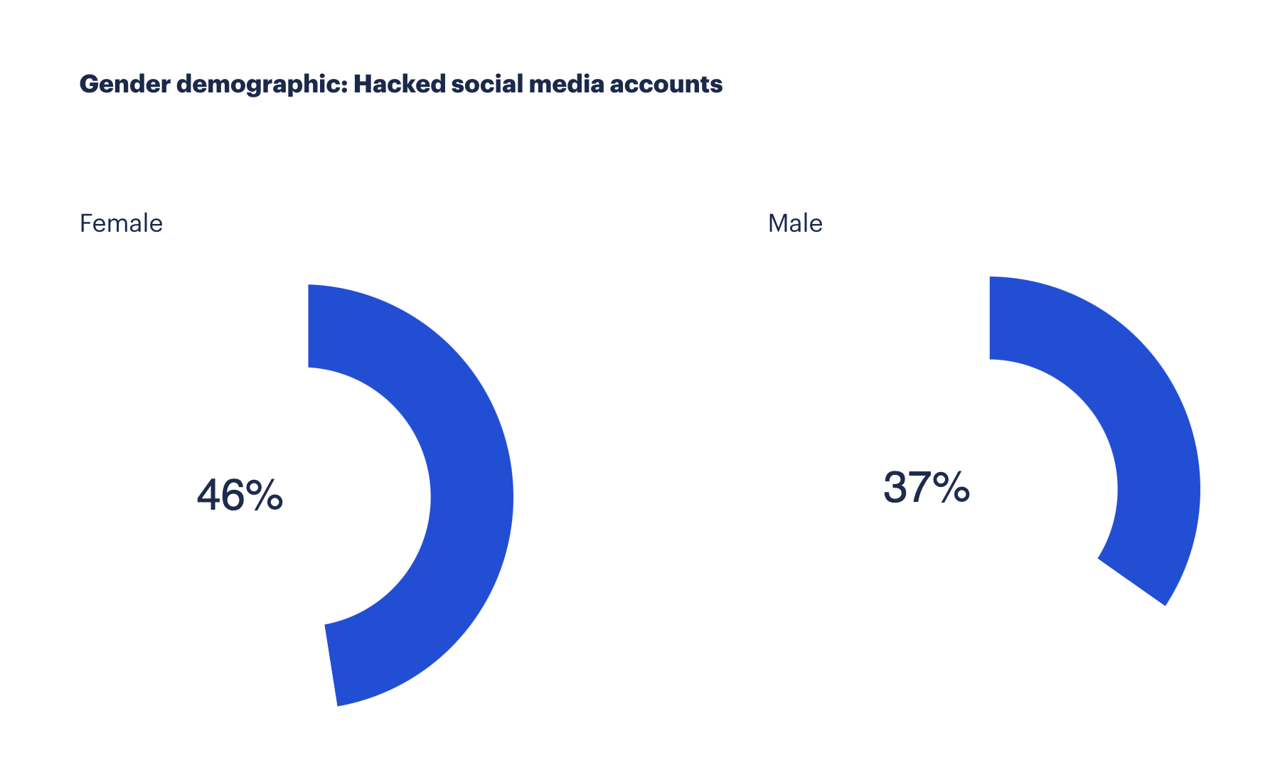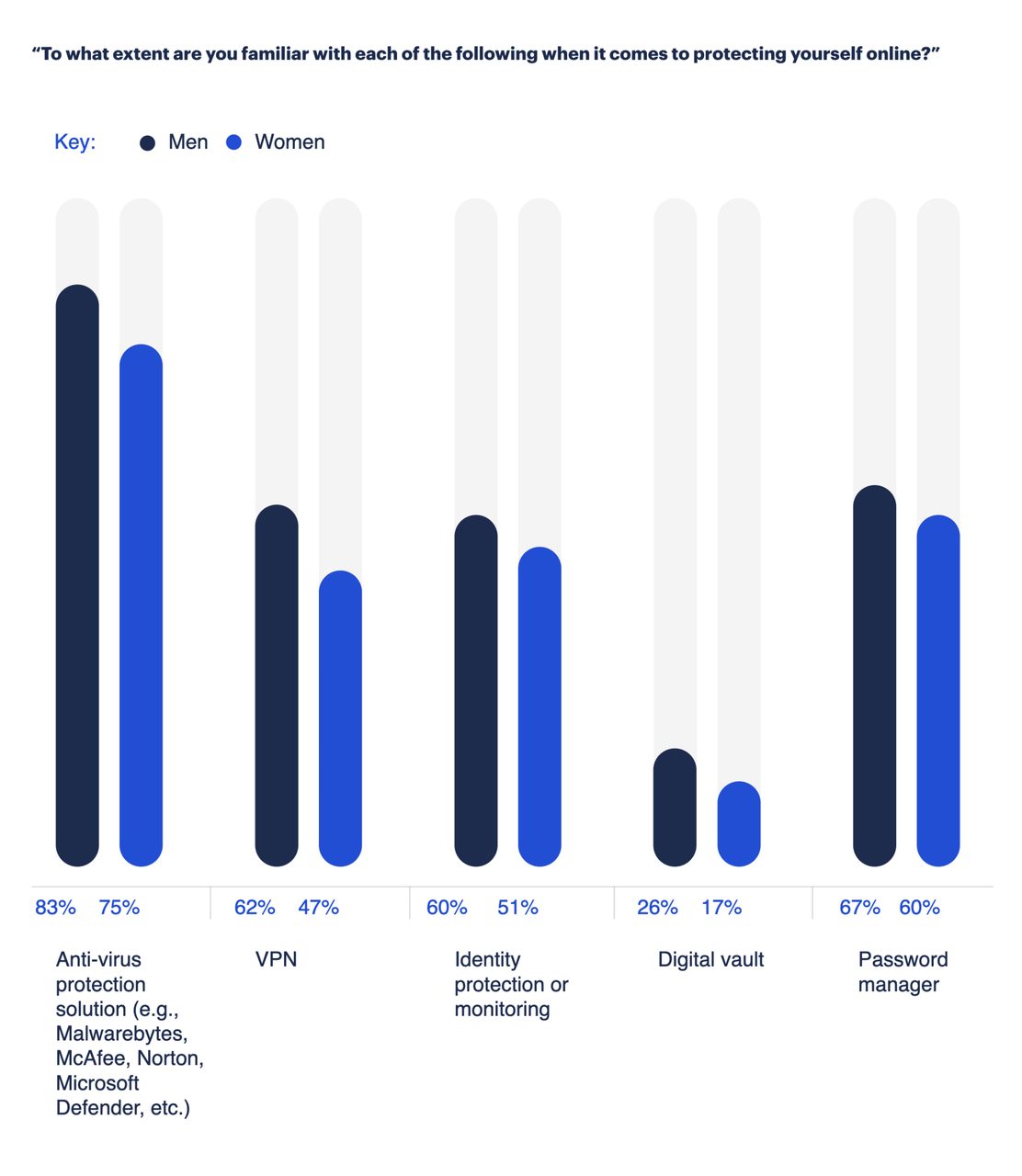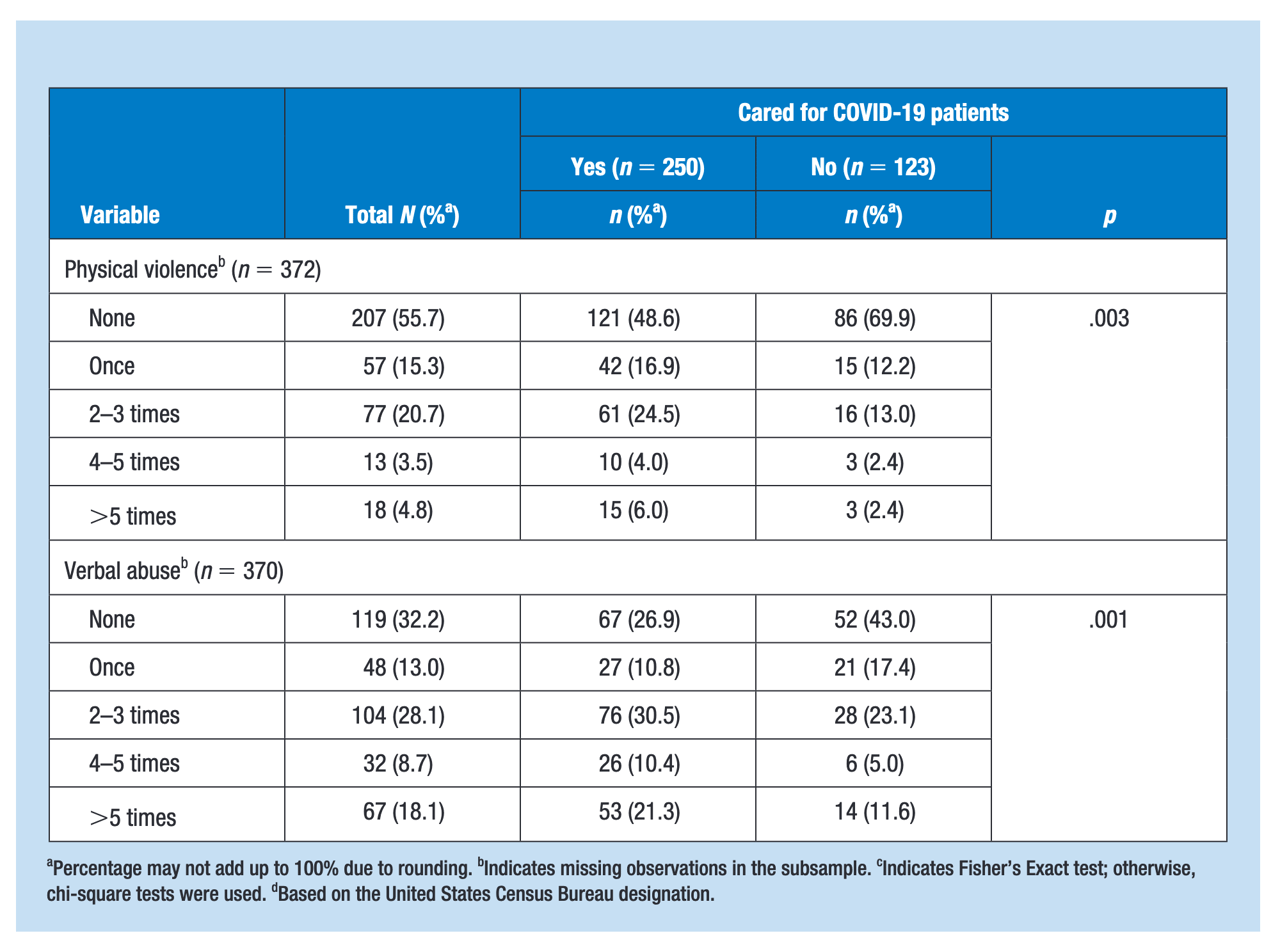november 2021

Global News & Analysis

Cybercrime Hurts Some Population Groups More than Others
Women and Black, Indigenous and people of color (BIPOC) report feeling less safe than men and white respondents, according to global survey results released by Malwarebytes in partnership with the non-profit Digitunity. The “Demographics of Cybercrime” report asked 5,000 respondents from the U.S., U.K. and Germany about their perceptions and experiences of online safety and cybercrime.
People of color and women face different and more obstacles as they navigate through society, and these obstacles extend to the cyber landscape, according to the report. From their results, the survey found that women and BIPOC respondents not only faced more cyberattacks, they also suffered more stress from physical and financial consequences than men and/or white respondents.
The report notes that while 47% of men reported feeling either “somewhat safe” or “very safe” on the internet, only 37% of women felt the same. Thirty-eight percent of BIPOC respondents reported feeling “somewhat safe” or “very safe,” compared to 44% of white internet users. When it comes to privacy, white and BIPOC respondents reported similar rates of feeling that their information is private online (29% compared to 28%, respectively). However, 26% of women reported feeling that their information is private online, compared to 32% of men.
Image courtesy of Pixabay

The Demographics of Cybercrime report surveyed many instances of cybercrime, including identity fraud, phishing, hacking and more. Of the women surveyed, 46% reported being the victim of a social media hack, while 37% of men reported the same experience. BIPOC respondents also reported hacks at a higher rate: 45% compared to only 40% of white respondents.
The report notes that cyberattacks on women, in particular, have a higher chance of affecting their physical security. According to a Department of Justice report cited in the study, women are targeted by stalkers more than twice as often as men, and 26% of people who were stalked reported a cyber component to the attack.
Respondents were asked if they had ever experienced a hack on their personal social media accounts. This image shows affirmative responses categorized by men and women respondents. Image courtesy of Malwarebytes and Digitunity

When it comes to cybercrime, the report found that some demographic groups experienced illegal online activities at higher rates than others. The report also asked respondents about their cybersecurity practices, and survey results display a lower level of familiarity with cybersecurity tools reported by women when compared to men. In the chart above, results show that women reported less familiarity with tools such as anti-virus software, virtual private networks, identity protection/monitoring, digital vaults and password managers.
Overall, the study suggests the cybersecurity community should reassess its outreach and emphasize education and tools that no longer equal familiarity for whole segments of the global population, ensuring better awareness and access for all.
To find further results of this survey, read the full article at securitymagazine.com.
The Demographics of Cybercrime report also examined respondents’ familiarity with cybersecurity tools. This image displays percentages of respondents who marked themselves “familiar” or “very familiar” with specific tools, with results broken down into men and women respondents. Image courtesy of Malwarebytes and Digitunity

COVID-19 Nurses Face Higher Levels of Workplace Violence
A study by researchers at the University of Virginia, University of Tennessee Knoxville, University of Maryland School of Nursing and University of Wisconsin-Madison revealed that nurses in COVID-19 wards face significantly workplace violence rates than those that are not assigned to COVID-19 wards. Some nurses have also encountered more difficulties while reporting workplace violence to their supervisors since the COVID-19 pandemic began.
The “Nurses’ Experience with Type II Workplace Violence and Underreporting during the COVID-19 Pandemic” report surveyed 384 registered nurses from different regions in the United States and asked respondents about their experiences of workplace violence type II, which is defined as patient-on-worker violence. The study also examined whether or not reporting said violence became more difficult during the COVID-19 pandemic. The report begins by highlighting the heightened levels of strain that patients, their families and healthcare workers have been under since the pandemic began. Researchers also noted the already high levels of workplace violence experienced by nurses.
Nurses who worked with COVID-19 patients faced higher levels of workplace violence type II than their counterparts in other wards. The study examined workplace violence type II in two categories: physical violence and verbal abuse, as well as classified workplace violence type II as being initiated either by patients or their family members and other visitors.
Image courtesy of Unsplash

More than half of nurses who worked with COVID-19 patients experienced physical violence, compared to only 30% of nurses who did not interact with COVID-19 patients. Ten percent of COVID-19 nurses experienced physical violence more than four times, compared to less than 5% of other nurses. Around one-fifth of respondents reported experiencing more workplace violence than before the SARS-CoV-2 pandemic began.
When it comes to verbal abuse, more than 68% of all nurses in the study experienced such attacks at least once. However, nurses who cared for COVID-19 patients were targets of verbal abuse at a higher rate than other nurses. Seventy-three percent of COVID-19 nurses experienced verbal abuse at least once while on the job, while 57% of nurses who did not interact with COVID-19 patients experienced the same. Moreover, 21% of COVID-19 nurses underwent verbal abuse more than five times from patients or their visitors, compared to 12% of nurses in other wards.
In addition to surveying nurses about their experiences of workplace violence type II, the report also asked nurses whether they found it more difficult to report instances of workplace violence during the pandemic. Almost 10% of nurses said that they found it more difficult to report workplace violence since the pandemic began.
Researchers suggest possible reasons for this difficulty: inadequate time to report; the belief that violence is an expected part of being a nurse; a non-standardized reporting system; ambiguity in violence reporting and the definition of workplace violence; and lack of management support. The study also highlights the likelihood that the COVID-19 pandemic increased these factors, with hospitals filling rapidly since the pandemic began.
With the report showing an increase in physical violence and verbal abuse toward nurses, researchers outlined the following possible causes for this uptick in violence:
- Patient/visitor agitation due to the decrease or complete elimination of visitor programs during the COVID-19 pandemic.
- More strenuous working conditions due to longer hours and higher patient-to-nurse ratios.
- A lack of administrative support and resources, including fewer security staff and unclear reporting systems.
The study calls for updated workplace violence reporting systems and standardized workplace safety protocols that factor in the risk of infectious disease, praising the April 2021 Occupational Safety and Health Administration’s temporary emergency standard on COVID-19 for its efforts to protect healthcare workers.
The image compares how often nurses who worked with COVID-19 patients experienced workplace violence type II compared to nurses who did not interact with COVID-19 patients. Image courtesy of the University of Virginia, University of Tennessee Knoxville, University of Maryland School of Nursing and University of Wisconsin-Madison






